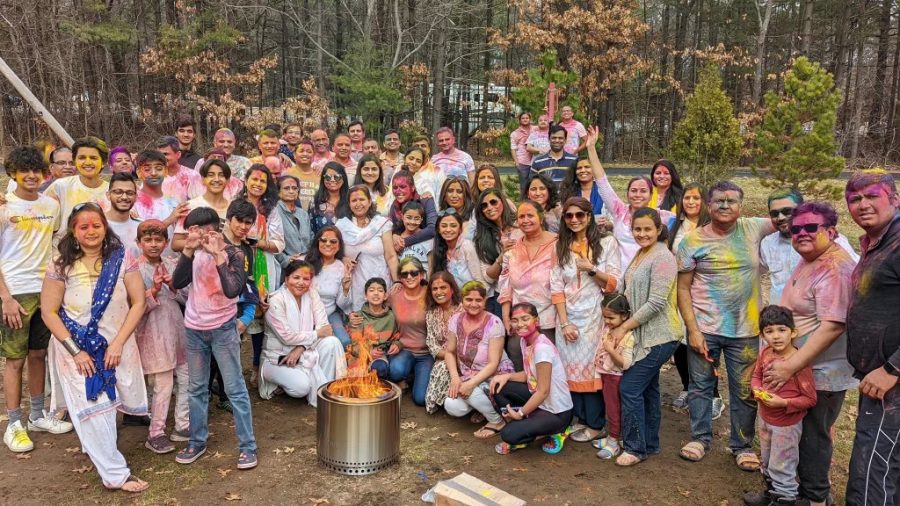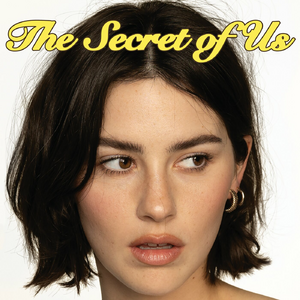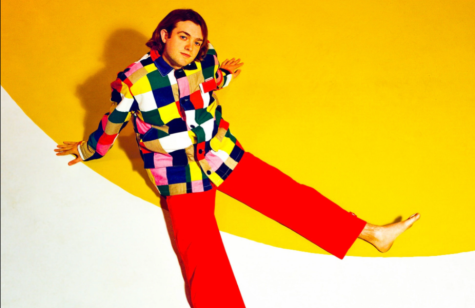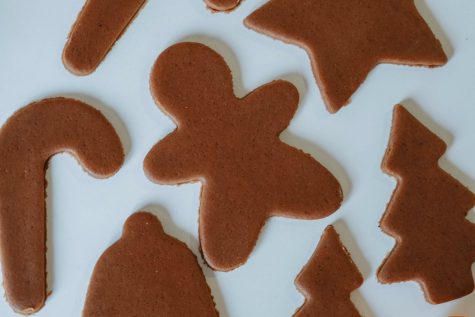5 facts to know about Holi
Every person is filled with color head to toe.
March 11, 2023
One of the many traditional Hindu festivals celebrated is Holi. Holi is the festival of colors, similar to Diwali, which is the festival of lights. Below are five facts you should know about Holi.
- The origin story. Hiranyakashipu, an evil king of Kasyapapuri, had a son named Prahlad. Hiranyakashipu wanted everyone to worship him instead of their god, Lord Vishnu. Prahlad refused, and was challenged to sit on a pyre surrounded with flames, along with his evil aunt, Holika, who was immune to fire. Prahlad accepted the challenge and prayed to Vishnu to protect him. Holika tricked Prahlad to sit on her lap during the bonfire. Holika presumed that she would be safe and Prahlad would die in the ashes. Holika used her powers for evil, and as a punishment, she was to burn to death. From the Power of Vishnu, Prahlad broke out of the fire unharmed. Holika begged for mercy, but Prahlad decreed that she be remembered every year for Holi.
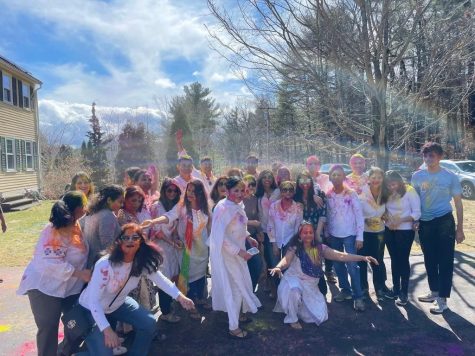
To celebrate Holi, people throw color on their friends and family. (Shaivi Shah) - Holi is a spring festival. It marks the end of winter and the beginning of spring. We celebrate it because it represents the triumph of good over evil, and it is a day when people forgive, forget and let go of the negative energies in life.
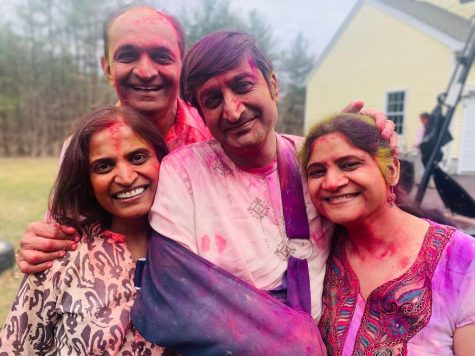
Pinks, reds, oranges, blues, and yellows represent the vivid colors of spring. (Shaivi Shah) - The celebration. The way to properly celebrate a Holi festival is by smearing colorful powders on your friends and family’s faces and bodies. Usually, there will be a pichkari, or a water gun, involved, along with water balloons. The bright colors pay homage to the colors seen during the spring season.
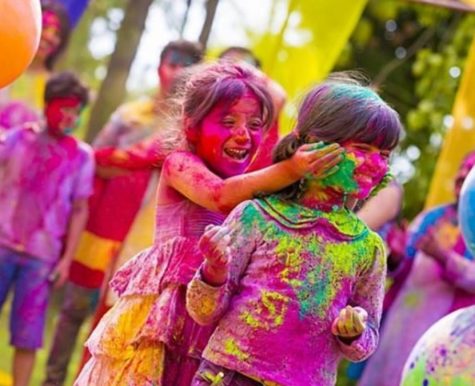
Holi is a playful, jolly festival. (Shaivi Shah) - The bonfire. Technically, this festival starts the night before Holi. The bonfire is specifically lit up between 8 p.m and midnight. Traditionally, people ask for forgiveness from the gods and pray that evil should not become their obstacle, during the bonfire.
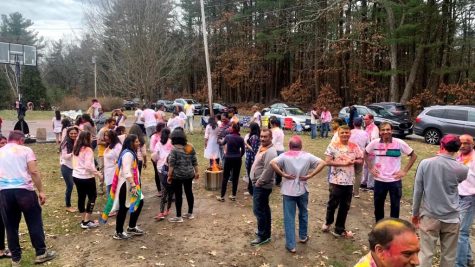
The fire is set in the middle where everyone stands around. (Shaivi Shah) - The occurrence. Holi is typically celebrated after the full moon in the Hindu month of Phalguna, which is between February and March. The exact date of the festival changes every year since it follows the Lunar Calendar. In India, the festival is celebrated for 16 days in the Braj region where Lord Krishna was born.
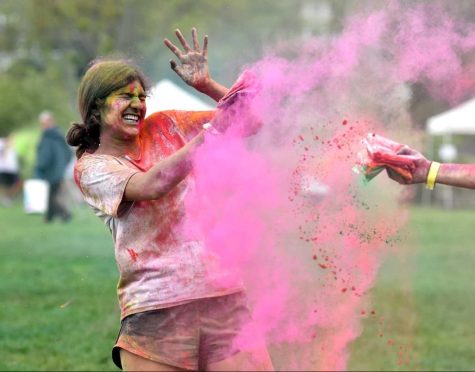
Holi is so much more enjoyable with color up your nose and in your mouth. Now that you know, Holi is one of the most carefree Hindu festivals. Staining your family’s perfectly crisp white clothes with bright colors gives the best satisfaction all year. The celebration is all about having the best time with your friends and family and creating the most colorful memories yet.

